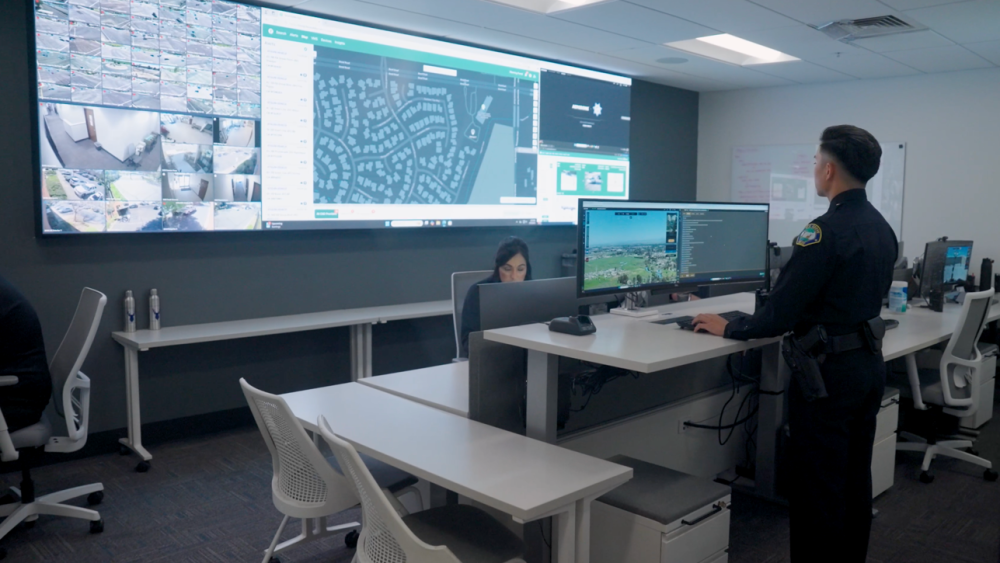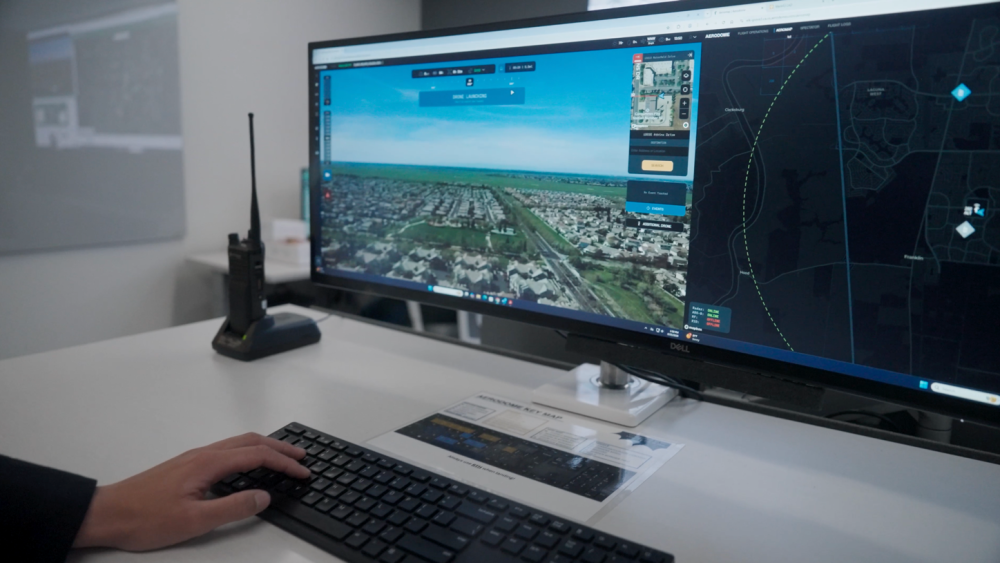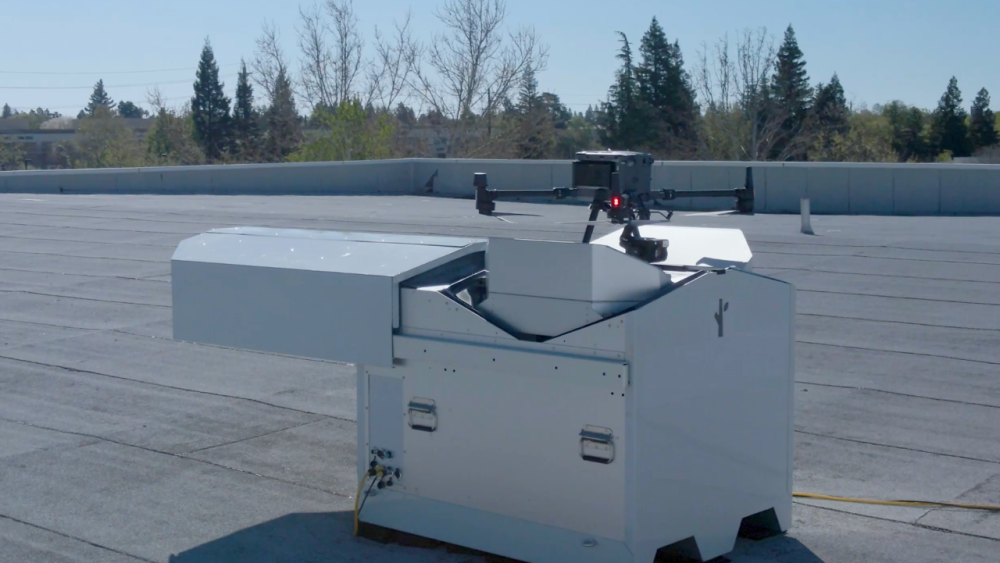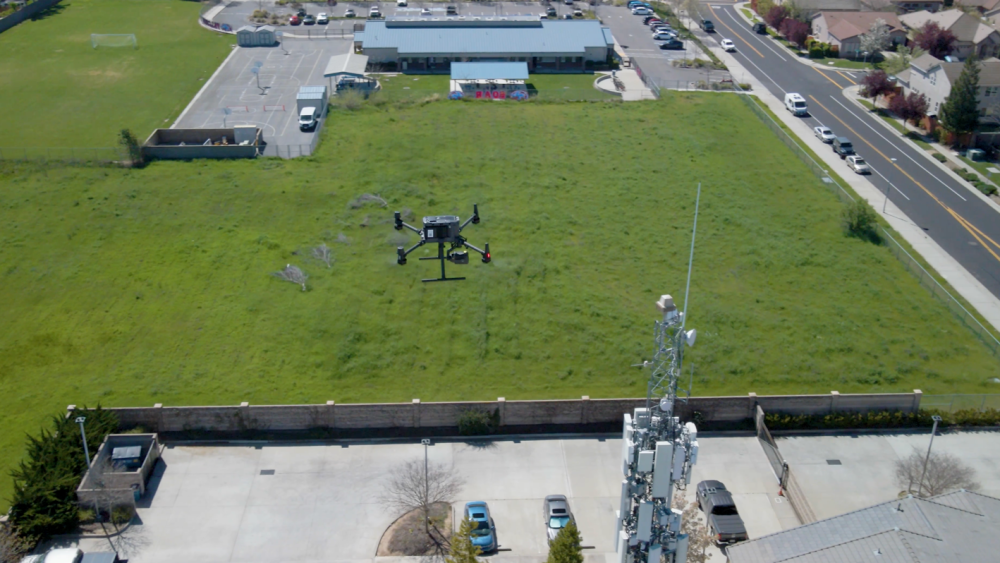Ask any agency running a Drone as First Responder (DFR) program what question they get asked most often, and the answer is almost universal: “How much does it cost?” The answer isn’t necessarily complicated — but it is complex.
The simple answer is this: the total cost of a DFR solution is the cumulative expenses for hardware, software and staffing required to achieve autonomous operations. But ask any DFR vendor for a price, and you’re likely to hear this question in return: “How much are you willing to spend?”
Determining the cost of a DFR program is challenging due to many variables. Effective DFR budgeting requires an approach that accounts not only for the initial investment but also for unexpected costs and a host of downstream expenses.
All communities face constraints — what they’re willing to pay, what they can afford and how they evaluate the return on investment for a DFR program. While we can all agree no price is too high to save an officer’s life through enhanced situational awareness, the same principle applies to protecting our residents. They deserve the highest standard of public safety and trust us to spend their tax dollars wisely. The challenge lies in quantifying the value of a DFR investment. While measurable metrics can be elusive, I’ve seen firsthand how real-time video intelligence significantly enhances situational awareness for ground units — leading to faster, smarter and safer tactical decisions.
Several components influence the overall cost of a DFR program — each with its own set of considerations and potential trade-offs.
| RESOURCE: This article is from the eBook, “How to fund Drone as First Responder programs.” Click here to download your copy and access a DFR Budget Development Checklist.
Why staffing is the biggest hidden costs in your DFR program
The right DFR platform depends entirely on your jurisdiction’s specific needs — whether you serve a rural region, a densely populated municipality, or an area with high-profile events. Your team knows your community best. Data should drive your decision-making, and that includes evaluating all the associated costs and forecasting the benefits of a fully operational program.
For example, deploying multiple drone docks often requires multiple pilots — especially if simultaneous launches are part of your plan. While the future of DFR may involve fewer aircraft with wider coverage, the current reality for most agencies requires multiple stations to achieve adequate jurisdictional reach. Staffing these complex programs is one of the most significant challenges.
While pulling from existing personnel may be the least desirable option, it’s often the most feasible. Determining who will pilot your drones, their job classification, hourly rate, and total staffing needs will give you the clearest picture of your program’s labor costs.
Budget early, budget smart: How pre-planning saved our program
Our chief took a forward-thinking approach, budgeting a few hundred thousand dollars annually well before we entered into a contract with Aerodome. His vision for a world-class DFR program began with a strategic understanding: preemptively saving for estimated costs was the smartest way to secure a DFR platform when the timing was right. That foresight paid off when it came time to present the proposal to our city manager and city council.
Exhaustive research and empirical data made our case even stronger — and the same will hold true for your agency. Doing your homework now will guide your team in determining how much to budget for a DFR program when opportunity aligns with readiness.
Buy vs. lease: Weighing your hardware investment options
DFR program costs will vary depending on how you choose to operate. Some agencies opt to purchase their own docks and drones, placing greater emphasis on software capabilities to guide their buying decisions. Remember: if you own it, you’re responsible for maintaining and repairing it. Ownership requires contingency planning, including spare drones and parts — factors that inevitably increase your operational readiness costs.
Conversely, many DFR companies now offer leasing options. While there are pros and cons, leasing can be thought of as an all-inclusive insurance policy. City leaders may find this option more appealing, as it accounts for unexpected cost escalations over the life span of your program.
User-friendly software is non-negotiable
The flight operations module is one of the most critical configurable components of an effective DFR program. Assuming you have the staffing in place, the next priority is usability. If your DFR pilot needs an advanced tech degree just to operate the flight software, it’s time to reconsider your platform. Simplicity is essential — not only for operational efficiency but also for organizational buy-in and pilot confidence. The ability to launch and control a drone remotely, often from a real-time operations center, must be reliable and intuitive. This factor is commonly overlooked when evaluating overall program costs. Human capital is our most valuable resource, and investing in the development of safe, capable pilots is mission-critical to long-term success.
CAD integration is critical
Does your DFR software integrate with your CAD system? Integration is essential — DFR delivers the most value when it reduces response times by critical seconds. If your current DFR platform doesn’t integrate with CAD, consider upgrading to a CAD system with an open, agnostic API that supports third-party connections — or selecting a DFR solution that can receive CAD calls directly within its flight module. Pilots must be able to focus solely on safe flight operations and collision avoidance, not negotiating cumbersome CAD interfaces. In DFR operations, a single collision with a manned aircraft is unacceptable. Minimizing pilot distractions and reducing cognitive load is key to ensuring consistent, safe and successful flights.
No one trusts a choppy video feed
While most DFR platforms advertise enhanced streaming capabilities, not all deliver. Video latency or lag can quickly weaken even the most advanced DFR program. No matter how sophisticated your setup, choppy or delayed video provides little value to first responders and erodes confidence in the system. To ensure a reliable and seamless viewing experience, your program must have reliable high-speed internet, cellular connectivity and/or an adequate RF infrastructure. Attempting to provide real-time updates with lagging video is not only frustrating — it’s operationally ineffective. Fortunately, technologies like Cradlepoint have made significant advances in high-speed internet and cellular performance, helping extend DFR coverage into areas once out of reach.
Community buy-in starts with transparency
Community buy-in comes with a cost, but it’s a necessary investment. First responders often emphasize the importance of public trust during hiring and promotional processes, and elected officials are keenly aware of their constituents’ opinions. Sharing data openly can boost community confidence that your DFR program enhances public safety without infringing on privacy.
To avoid overwhelming your clerk’s office with excessive PRA or FOIA requests, ensure your DFR platform offers a transparency page that automatically publishes flight data for public consumption. However, protecting operational security (OPSEC) remains essential. Your system must offer the ability to shield sensitive flight data from public access to maintain officer safety.
DFR for all: Building equity into your response model
Does every resident within your jurisdiction benefit from enhanced response times? For most of us, the answer matters — not only because we report to elected officials, but because we genuinely care about the safety and well-being of all community members, regardless of socioeconomic status. Advances in drone technology, including faster aircraft and longer flight times, are expanding the reach of DFR programs. Strategically placed docks or VTOL systems can help deliver timely response capabilities to rural areas, just as they do in more densely populated jurisdictions.
While it’s easier to achieve full coverage in a city spanning 100 square miles than a county covering thousands, scalable DFR programs can bridge the gap by integrating with existing air support resources. DFR may not replace traditional air assets in every agency, but it can significantly enhance their reach, responsiveness and overall operational effectiveness.
How DFR is redefining response metrics
Traditionally, response times are measured from the moment a CAD entry is made by a call taker or dispatcher to the arrival of the first unit on scene. However, the rise of DFR programs is disrupting that standard. Remote pilots now monitor live 911 calls and can launch drones before the call is even entered into CAD — creating what appears to be negative response times under conventional metrics. The Chula Vista (California) Police Department has pioneered this model, demonstrating what the future of 911 response can look like. With DFR, we’ve consistently reduced response times by more than 75% and resolved approximately 20% of low-acuity calls without needing to dispatch ground units.
Invest in training — or pay the price later
I recommend that drone pilots receive at least 10 hours of training per month and obtain Part 107 certification through a reputable training center. The Los Angeles Regional Training Center is an excellent starting point for understanding training standards and industry requirements. Regional training programs not only help reduce costs but also expose your team to evolving best practices in the field. While there’s always a hard cost to training, the cost of inadequate preparation can be far greater.
So, what does a DFR program cost? That depends entirely on what your agency values most — and how prepared you are to invest in the future of public safety.
Recommended reading and resources
- Everything You Need to Know About VTOL Drones. Pilot Institute.
- UAS Drone Program | City of Chula Vista.
- How Drone as First Responders improve police response times. Police1.
- Become a Drone Pilot. Federal Aviation Administration.
- Public Safety Drone Training - The Regional Training Center.
| RESOURCE: This article is from the eBook, “How to fund Drone as First Responder programs.” Click here to download your copy and access a DFR Budget Development Checklist.
















